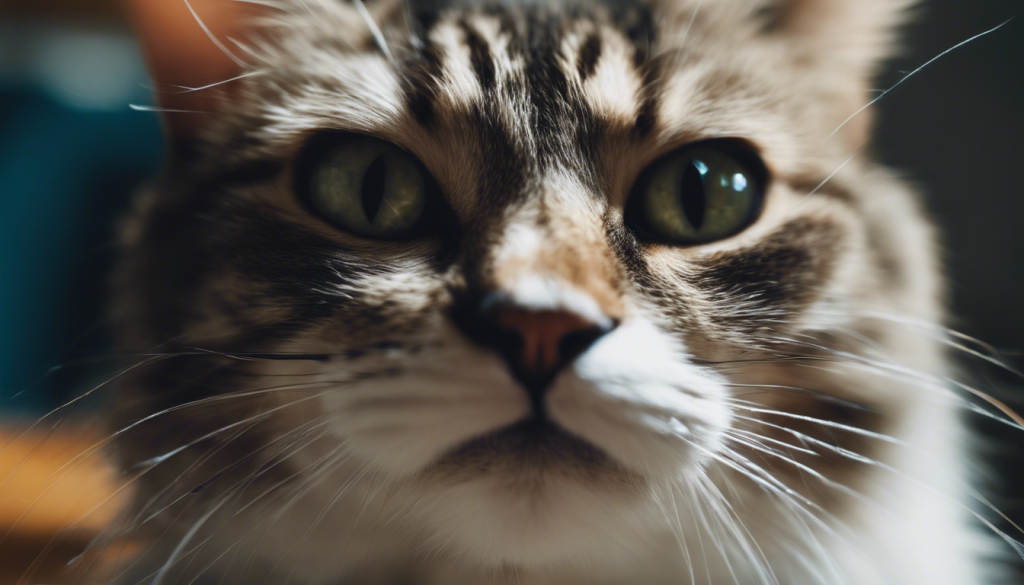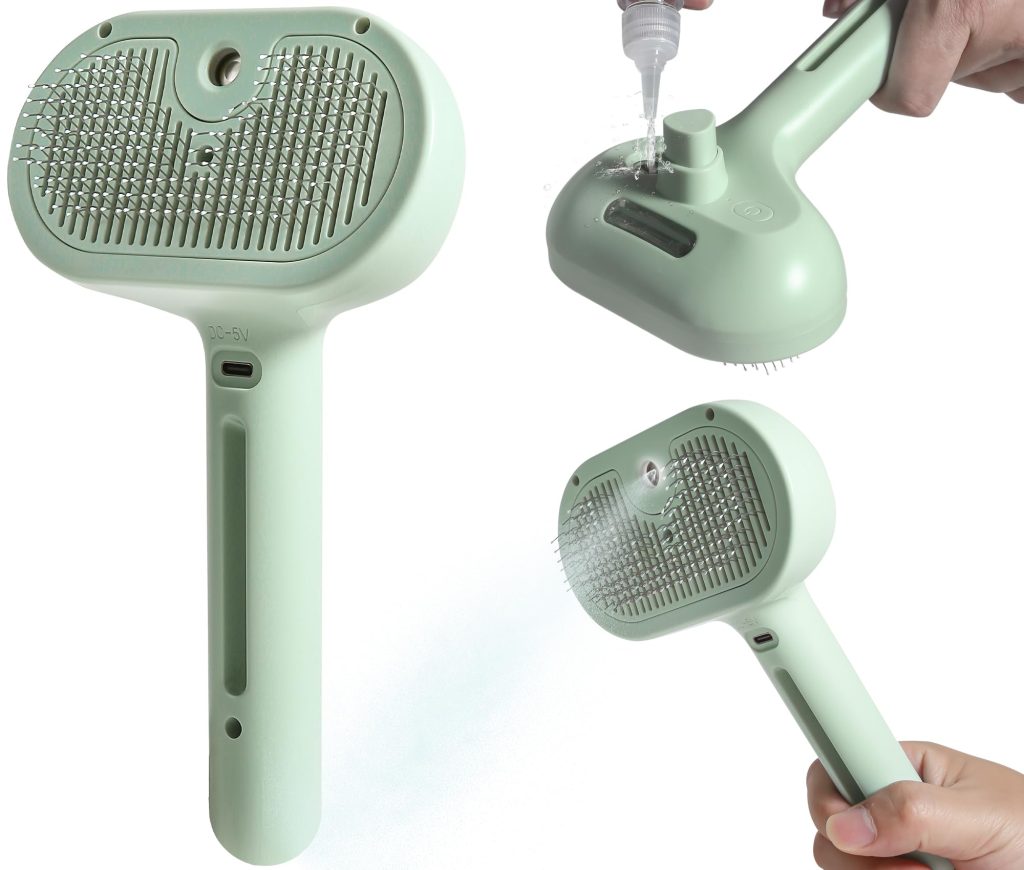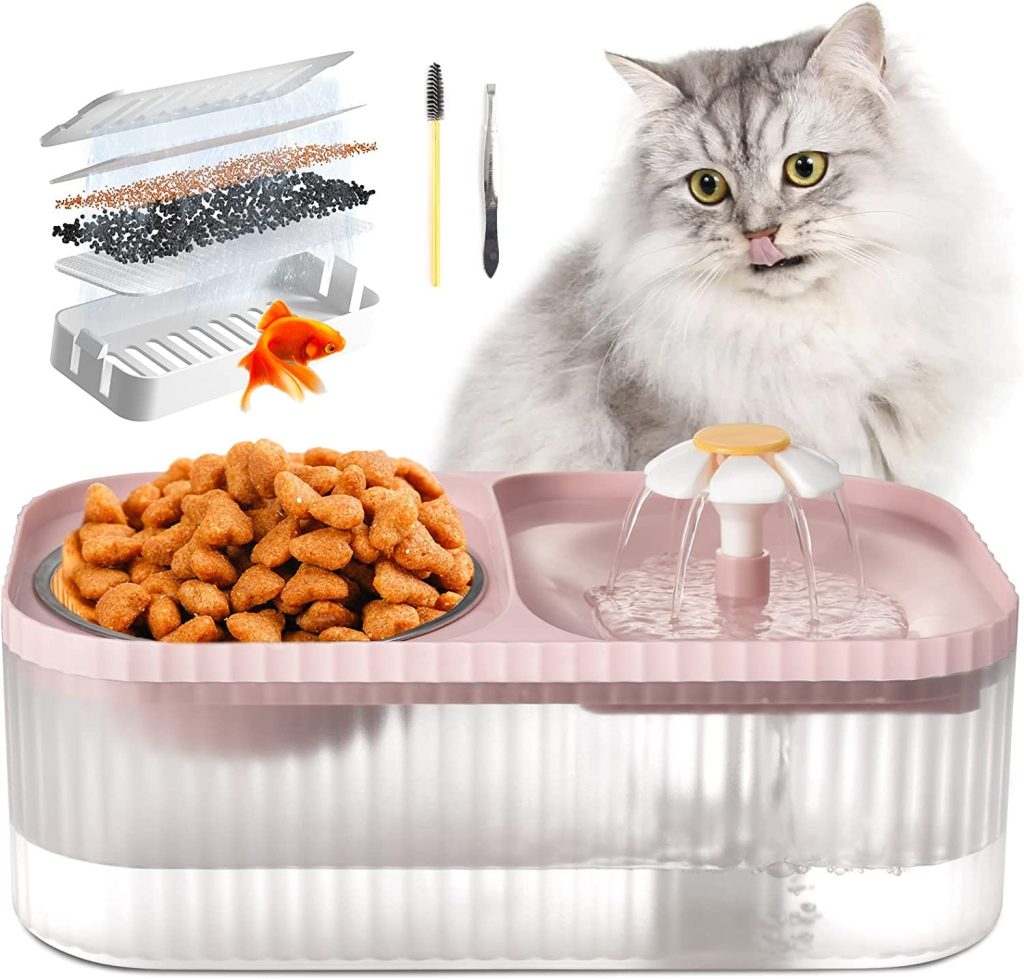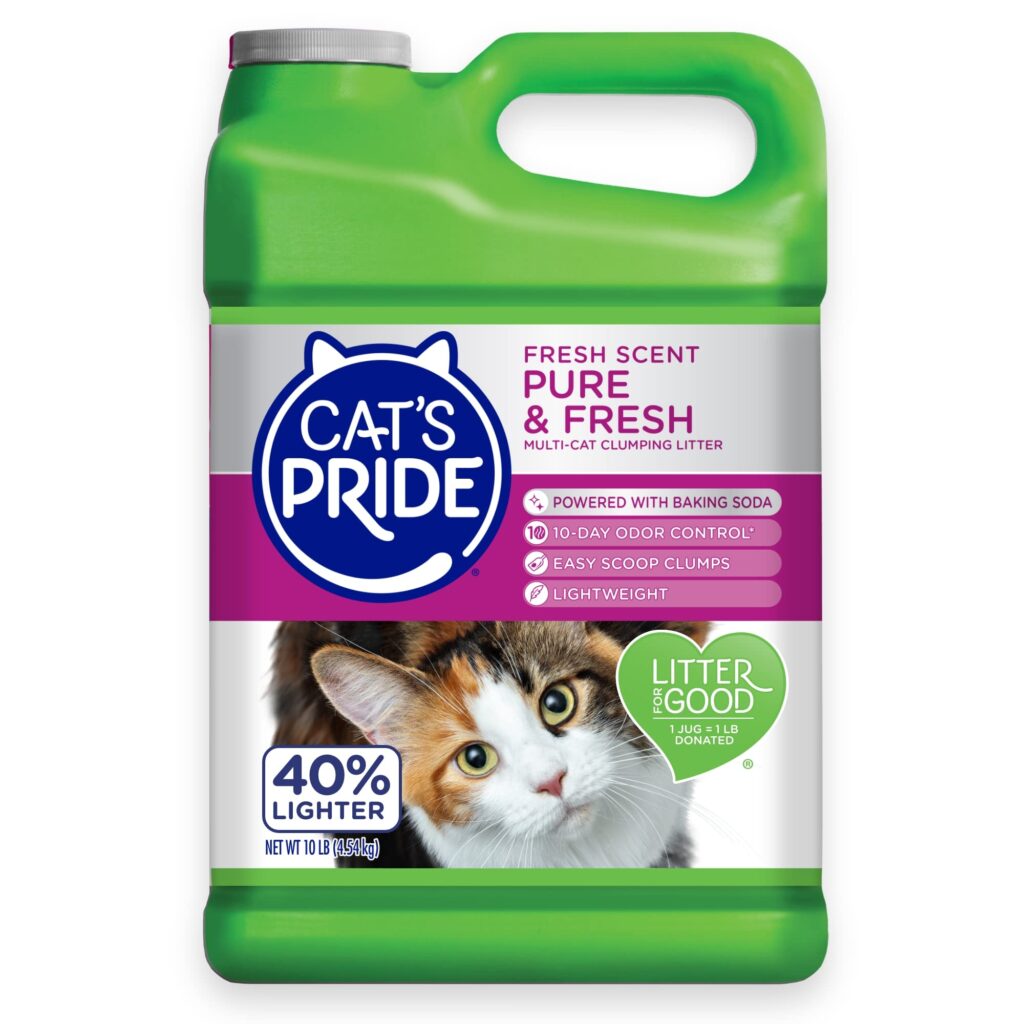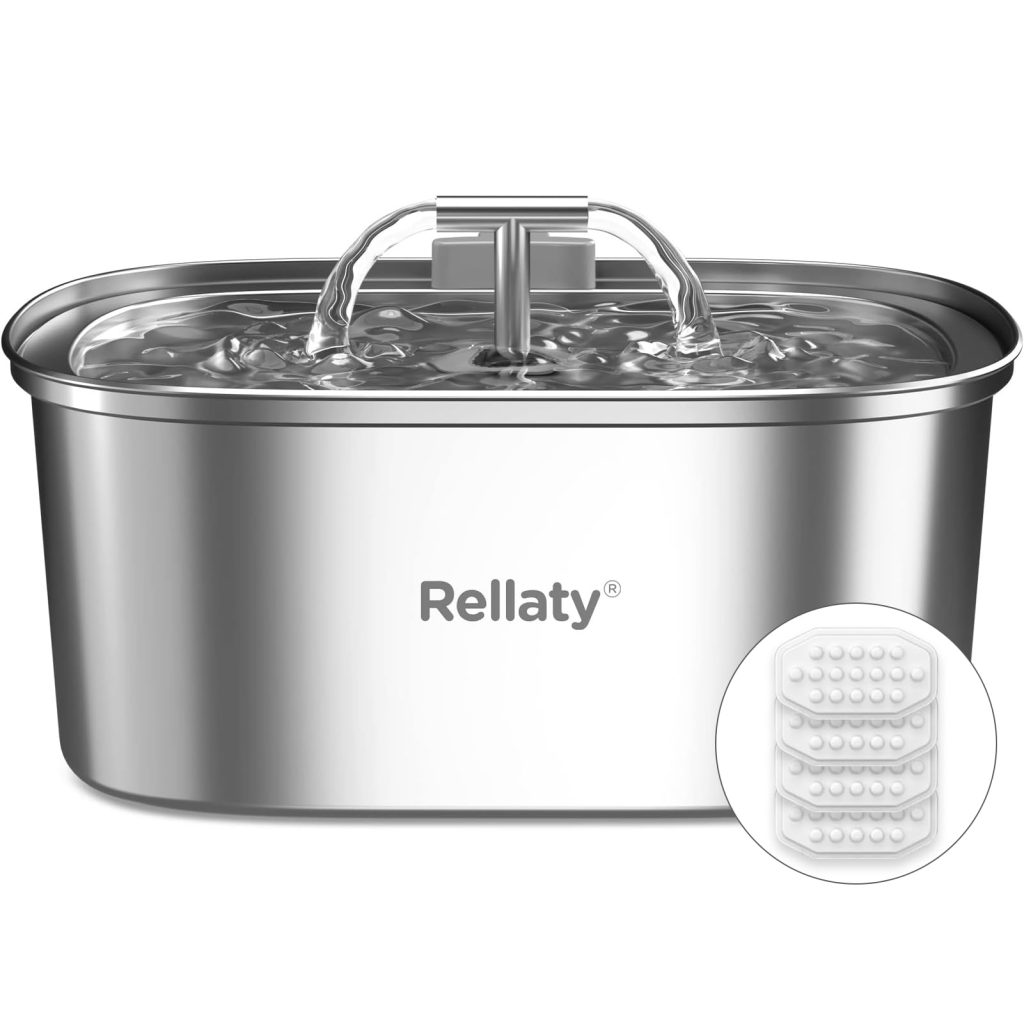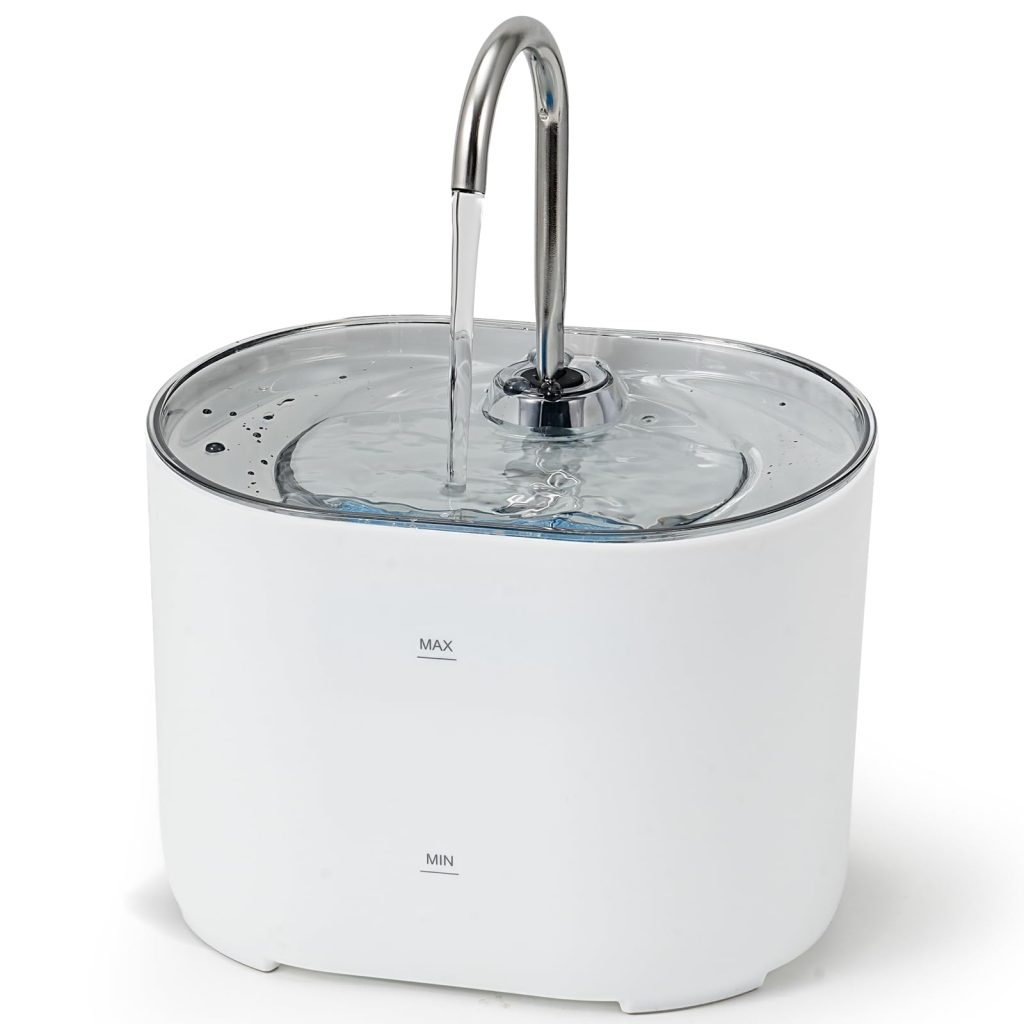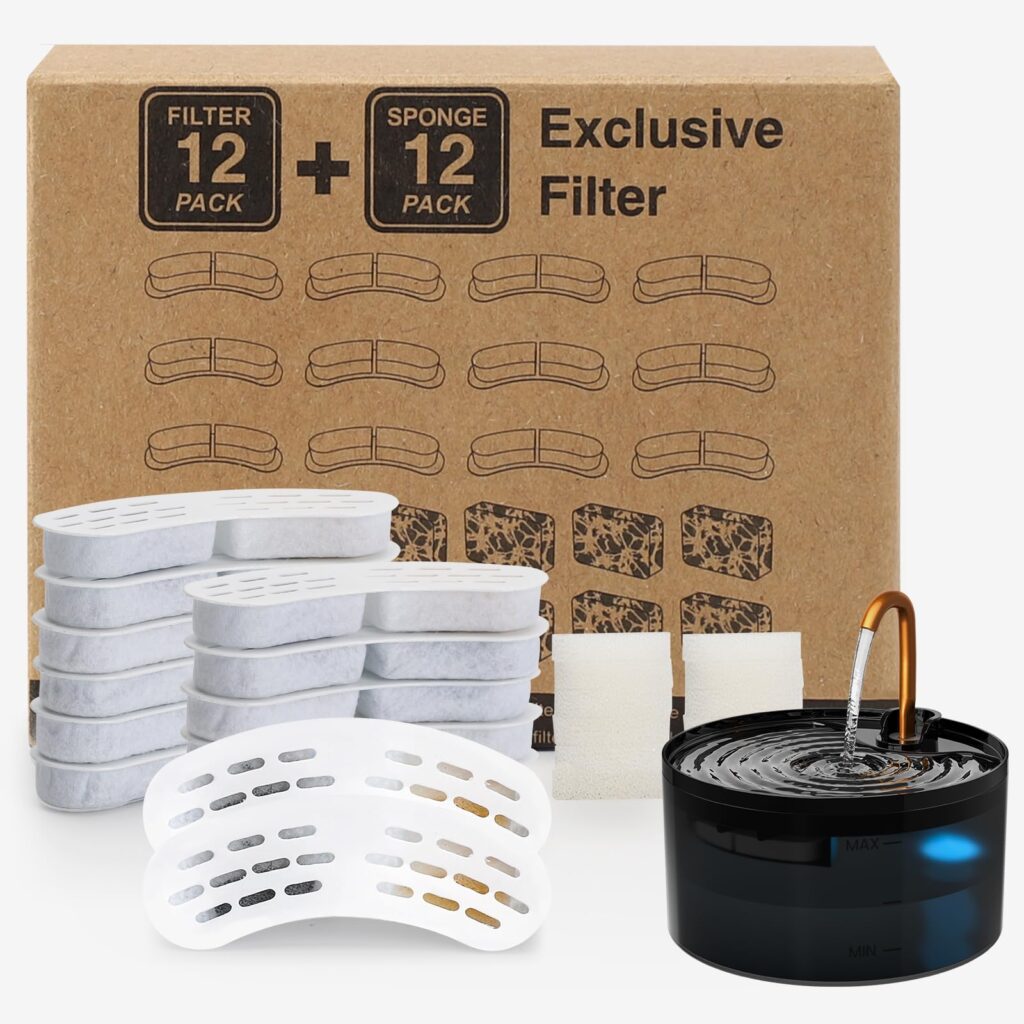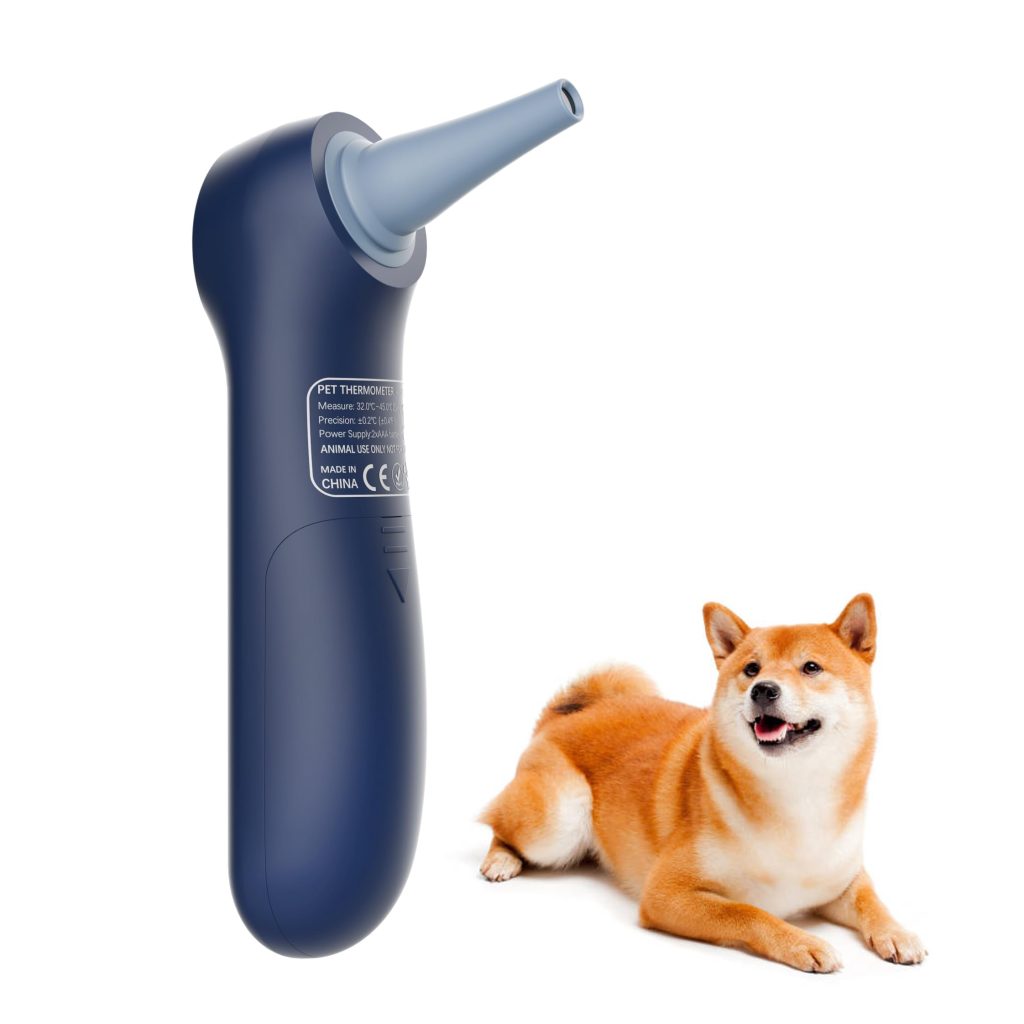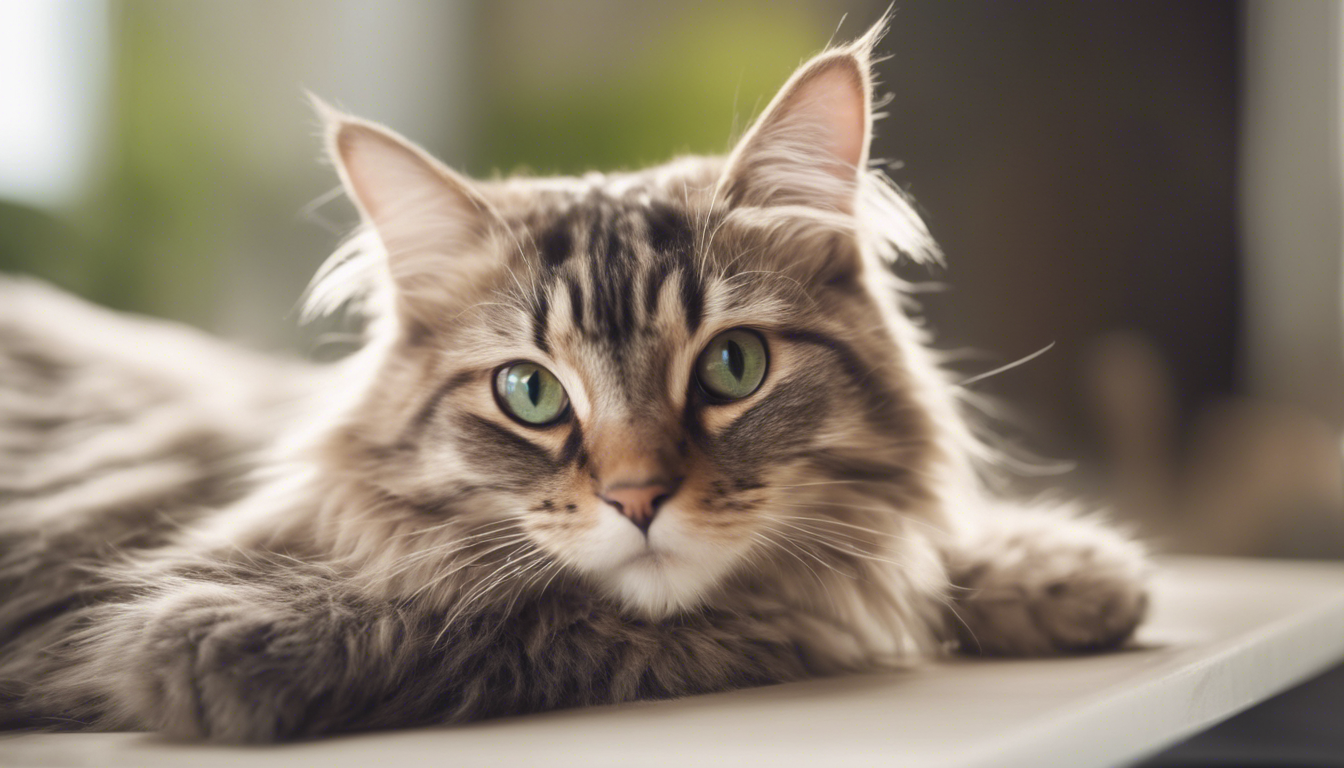
Understanding hypoallergenic cats and allergies
So you love cats, but your sinuses disagree? You might find yourself sniffling and sneezing around these furry companions, but before you resign yourself to a pet-free existence, let’s talk about “hypoallergenic” cats. The term is a bit of a misnomer because no cat is completely allergy-free. However, certain breeds tend to produce fewer allergens—the tiny proteins in saliva, skin cells, and urine that can send your immune system into overdrive.
These special breeds include the likes of the gracious Sphynx, whose lack of fur reduces the area for allergens to cling to, and the elegant Russian Blue, with its dense coat that traps allergens closer to the skin. Even the exotic-looking Bengal is known for producing less Fel d 1, the primary allergen responsible for triggering allergic reactions.
The thing to remember is that it’s not actually the hair itself causing those watery eyes and sneezes. When cats groom, they spread their saliva on their fur. As the saliva dries, allergen-laden dander is released into the air, onto surfaces in your home, and yes—onto you. But fear not! By upping your grooming game, you can significantly cut down on the spread of these pesky allergens.
Ultimately, these so-called hypoallergenic cats might be easier on your allergies, but they’re not a free pass to skip out on grooming. In fact, these breeds require just as much, if not more, grooming attention to manage those invisible allergens. And let’s be honest, a well-groomed cat is not only happier but also quite the regal sight. So, grab that brush, and let’s dive into making your life with your hypoallergenic companion a sneeze-free reality!
Essential grooming tools for your cat
Right, let’s shift gears to the tools of the trade. If you’re planning to wage a full-out war on allergies while keeping your feline looking pristine, acquiring the right grooming tools is your first strategic move. A basic arsenal for combating those invisible allergens includes a few key items.
- Start with a high-quality brush or comb specifically designed for cats. For your hypoallergenic cat, a brush that can reach the undercoat is ideal. A slicker brush, with its fine, tightly-spaced bristles, is excellent for removing loose hair and detangling. A metal comb works wonders for finer hair and can help extricate any naughty knots.
- For cats that are more sensitive to grooming, or if you want to give a more hands-on approach, grooming gloves can be a blessing. They’ll help you bond with your kitty while capturing the fur before it scatters.
- Especially crucial during shedding season, a de-shedding tool can greatly reduce the amount of hair and dander that floats around your home. This tool is designed to reach deep into your cat’s coat without harming their sensitive skin.
- Hypoallergenic pet wipes are your secret weapon. Gently wiping down your cat can remove saliva and dander before it has a chance to dry and flake off. Plus, it is a quick clean-up method if you are short on time.
- A hypoallergenic cat shampoo for occasional baths helps to wash away accumulated dander and saliva. Ensure this product is designed for cats, as their skin has a different pH than dogs.
Finding the right tool for your cat’s specific coat can take a bit of trial and error. Your Russian Blue might purr like an engine at the stroke of a fine comb, while a Sphynx could bask in the glory of a good wipe-down. Don’t be afraid to try different options to see what fits best in your battle against allergens and what your regal companion prefers.
Remember, regular maintenance with these tools will not only keep the sneezing at bay but also keep your cat in tip-top condition. With each brushstroke, you’re not only aligning yourself with the anti-allergen brigade but also checking the skin for issues and maintaining a healthy and shiny coat. It is a soothing ritual that says “I care” in every gentle swipe.
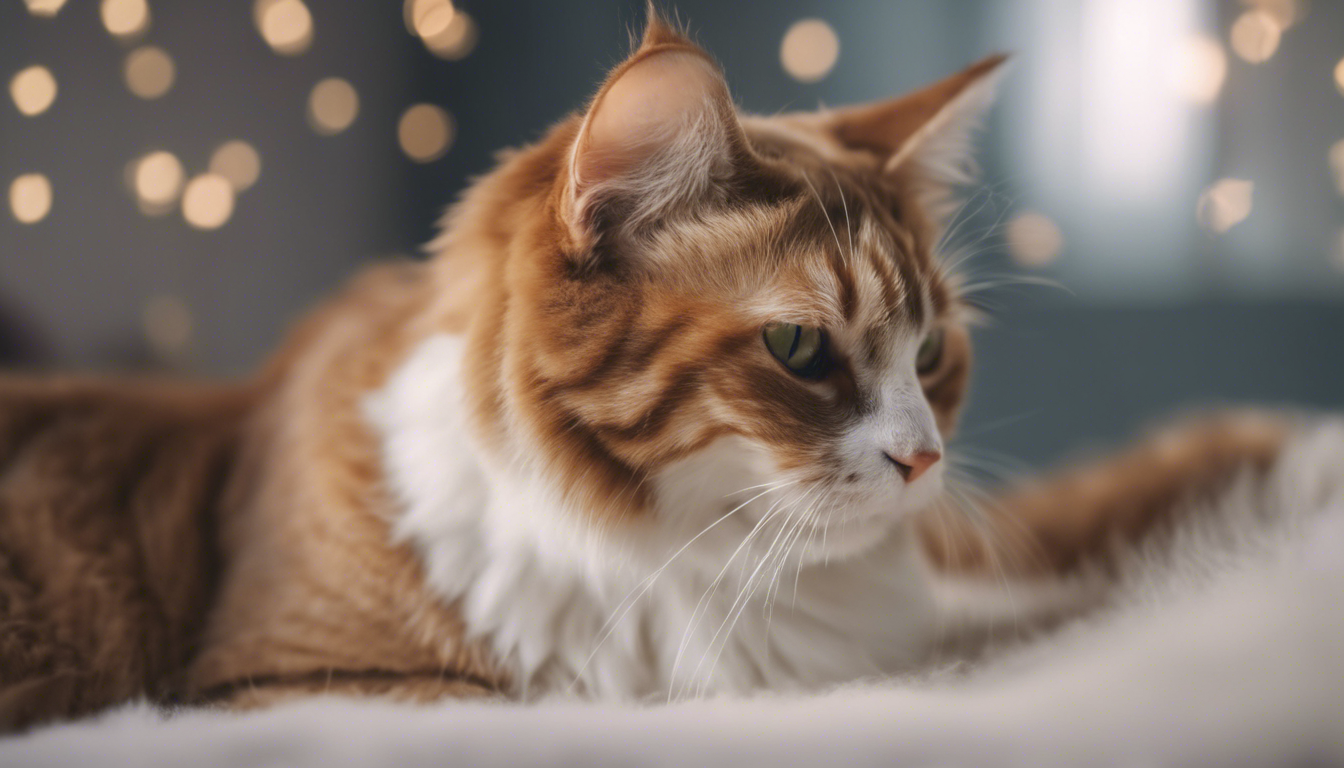
Step-by-step grooming techniques for allergy sufferers
When it comes to managing allergies while grooming your hypoallergenic cat, a systematic approach can do wonders. Start with a clean, quiet space where your cat feels secure and comfortable. A familiar environment can help reduce stress for both you and your feline friend during the grooming process.
Firstly, initiate with a gentle petting session to help your cat relax. Once they seem at ease, slip on your grooming gloves and run your hands through their coat, paying extra attention to areas prone to knotting and matting. The grooming gloves are not just for comfort; they collect loose fur effectively, minimizing the dander that gets into the air.
Next, take your specially selected brush or comb and work through your cat’s coat in sections. Start from the head and work towards the tail, following the direction of hair growth. For long-haired breeds, remember to softly comb the undercoat to remove any hidden shed hair. With short-haired cats, focus on using the slicker brush gently to remove surface hair and dander.
With the loose fur out of the way, it is time to get a bit more hands-on. If your cat tolerates it, use a de-shedding tool to remove even more hair. Be sure to use this tool with a light hand; it’s potent and can irritate the skin if used with too much pressure or too frequently.
If it is not bath time, or if your cat is not a fan of water, hypoallergenic pet wipes come to the rescue. Wipe down your cat’s body, legs, and tail, and don’t forget the little crevices like between the toes and under the chin. These pre-moistened wipes are great for a quick refresh and can significantly reduce the amount of dander that makes its way into your living space.
If your kitty could use a bath, ensure that the water is warm (but not hot) and that you use a hypoallergenic cat shampoo. Work up a lather and massage it through the coat to capture any dander and oils that have built up. Rinse thoroughly, as any residual soap can irritate your cat’s skin and potentially lead to more dander production.
Whether after a bath or a regular grooming session, towel-dry your cat gently to avoid skin irritation. If they let you, use a blow dryer on a low, warm setting to dry their fur completely. Damp fur can become a breeding ground for more allergens, so it is important to ensure they’re fully dry.
Lastly, offer a treat as a reward for your cat’s patience and to reinforce that grooming is a positive experience. This can make future grooming sessions easier and more enjoyable for you both.
By following these steps, you’ll become a pro at tackling allergens, and your cat will be looking and feeling their best. Such routine care not only serves to alleviate your allergic reactions but also enhances the bond you share with your cat. Each grooming session is an opportunity to inspect your cat for any irregularities in their skin or coat, ensuring they remain in the best of health.
Maintaining a hypoallergenic environment
To truly maintain a hypoallergenic environment for you and your kitty, it is key to take the battle against allergens beyond the grooming sessions. Ponder these tidbits of advice to help keep your living space more hypoallergenic and comfortable for everyone involved.
First, you’ll want to get into the habit of regular housekeeping. Vacuum frequently with a vacuum cleaner outfitted with a HEPA filter, designed to trap those tiny particles that cause allergic reactions. Keep in mind, those hard-to-reach nooks and crannies can harbor a surprising amount of fur and dander, so give them a little extra attention.
- When vacuuming, don’t forget soft furnishings like sofas and curtains, which can accumulate dander quite easily.
- Opting for easy-to-clean surfaces and minimizing carpeting can reduce dander build-up.
Changing and washing your bed linens regularly is also a must, especially if your furball enjoys a good nap on your bed. Hypoallergenic covers for pillows and mattresses are a game-changer, trapping allergens and so that you can breathe a little easier at night.
Here’s a cat fancier’s tip: have designated “cat-free” zones in your home. These allergy-safe havens can give you a place to retreat when you need a break from potential allergens.
- Speaking of retreats, although it may be tough, keeping your cat out of the bedroom altogether can drastically improve your allergy symptoms at night.
Air purifiers are another brilliant addition to your allergen-reducing arsenal. By circulating the air through filters, they snatch up dander and other airborne irritants. Just make sure to change the filters regularly according to the manufacturer’s instructions for optimal effectiveness.
Finally, understanding that your cat’s diet plays a role in skin health can impact the allergens they produce. A balanced diet rich in omega-3 fatty acids can help maintain healthy skin, potentially reducing dander. Always consult with your veterinarian for the best diet plan for your particular pet.
Remember, it is all about creating a cleaner, less allergenic environment that benefits both the allergy sufferer and the cat. By integrating consistent cleaning practices, investing in a few helpful products, and setting boundaries, you can live harmoniously with your hypoallergenic cat while sneezing a lot less. And what’s not to love about that? Oh, and don’t forget – sometimes the best things in life are the simplest, like sharing a purr-fect moment with a freshly groomed, hypoallergenic cat!
